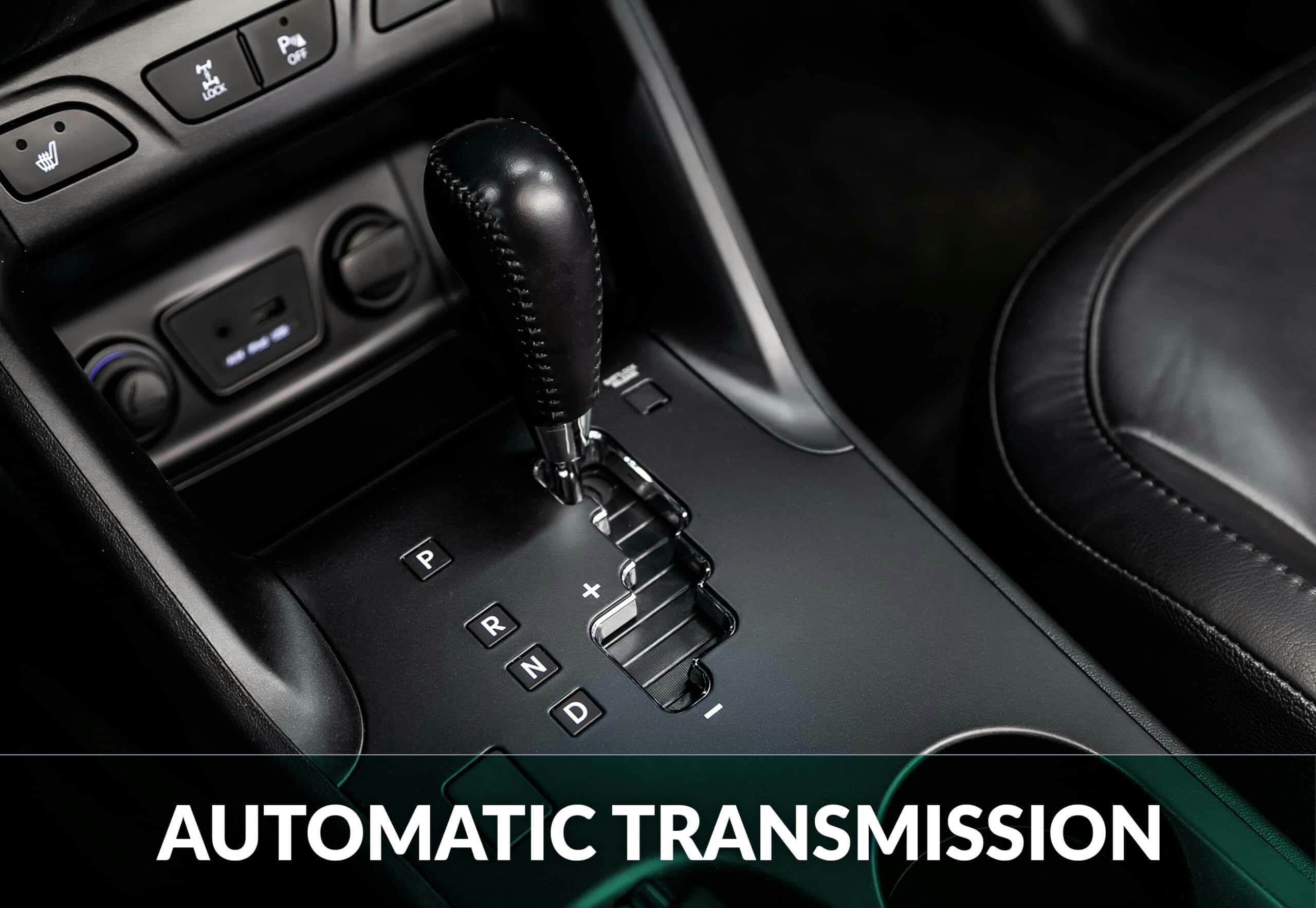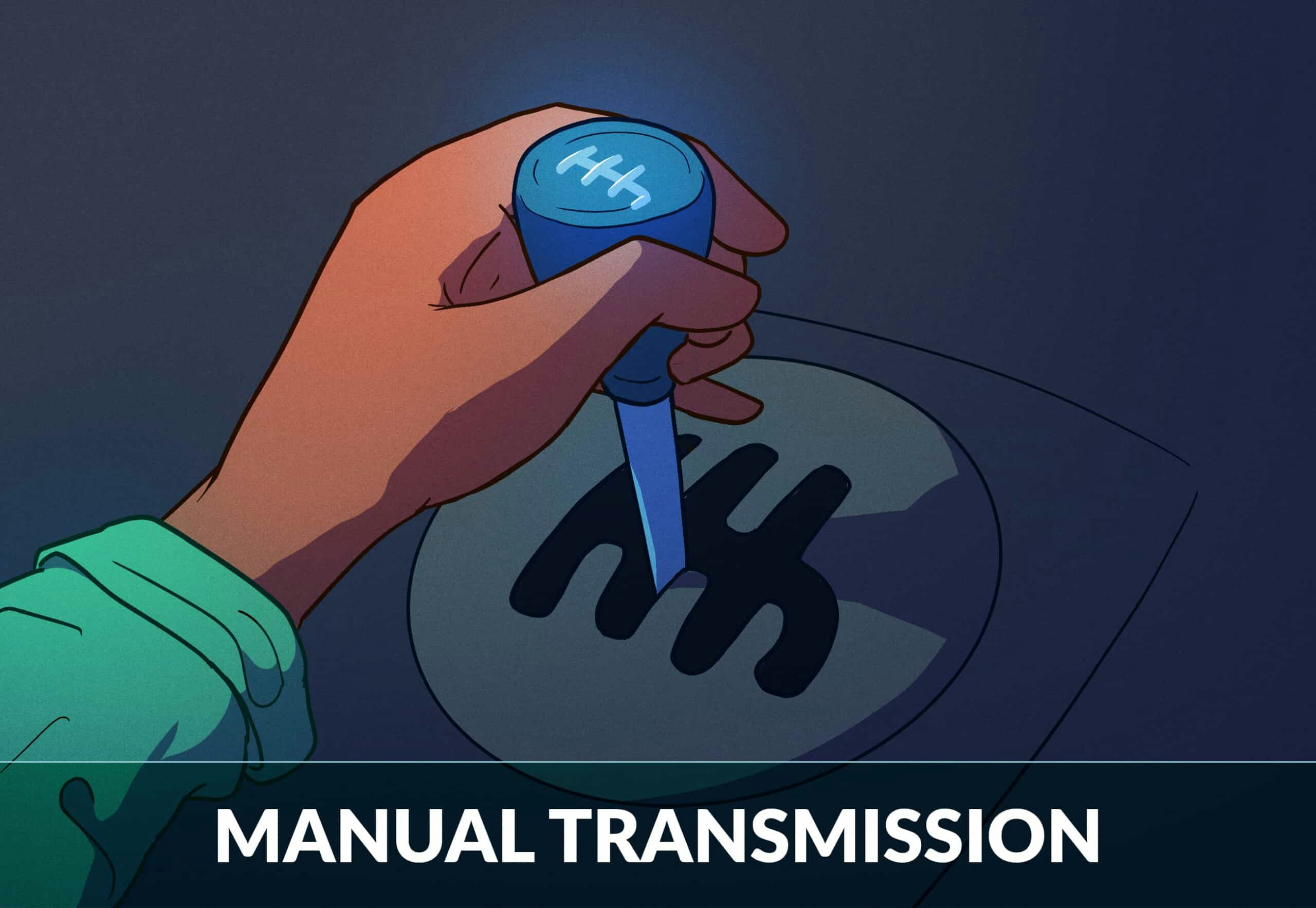
How to Drive a Manual Car (Manual Transmission): Step-by-Step Guide
Cars with a manual transmission have, until recent years, been more fuel-efficient and reliable compared to cars with an automatic transmission. If you look back just a few generations, learning how to drive a manual car was more or less necessary for all drivers.
But much has changed in just a few years. Just a small percentage of all cars sold each year come with a manual gearbox. But there are still many reasons why you should learn a manual transmission over an automatic, and it doesn’t have to be hard to learn this valuable skill.
Before we go through how to drive a manual car, you need to understand some terms – namely the clutch and stick shift.
How Does a Clutch Pedal Work?
The purpose of the clutch pedal is to operate the clutch, which engages or disengages the transmission of power so you can switch gears. The clutch pedal is placed the furthest to the left of the 3 pedals. You press the clutch pedal down when shifting from one gear to the next in any vehicle with a manual transmission.
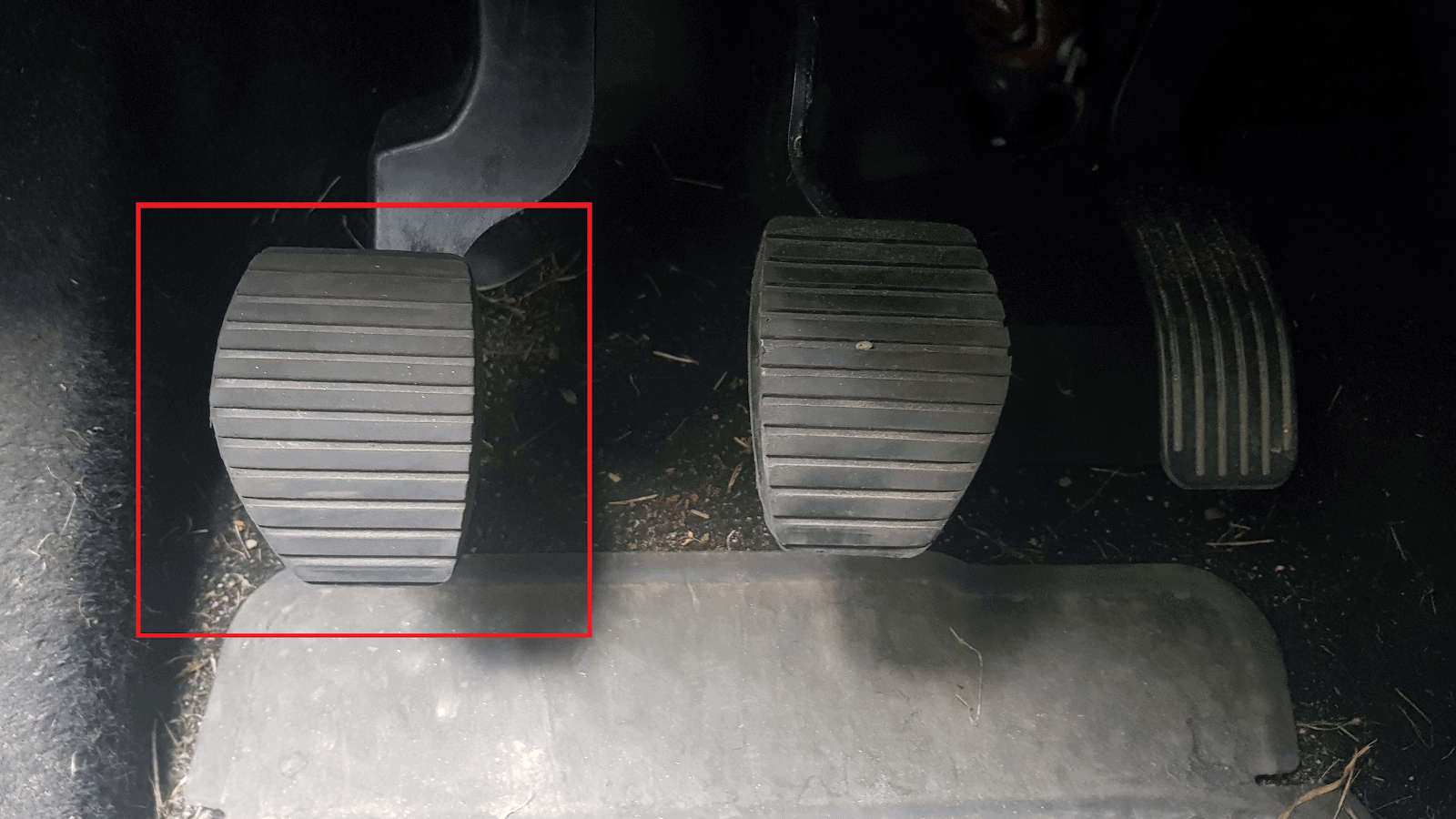
When Do You Use the Clutch Pedal?
In simple terms the clutch pedal should be used anytime you need to switch gears or come to a stop. To operate the clutch, brake, and gas pedal is simple – use your left foot to operate the clutch and your right foot to operate the brake pedal and the gas pedal.
How Does the Stick Shift Work?
The stick shift is used when the clutch pedal is pressed down to shift from one gear to another. Manual cars frequently have up to 7 gears – 6 gears for driving forward and 1 for reverse.
Each gear is designed to drive at a certain speed, which means you will need to shift between the gears as you accelerate or decelerate. Using “reverse gear” or “R” will, as you might have guessed, put the car in reverse.
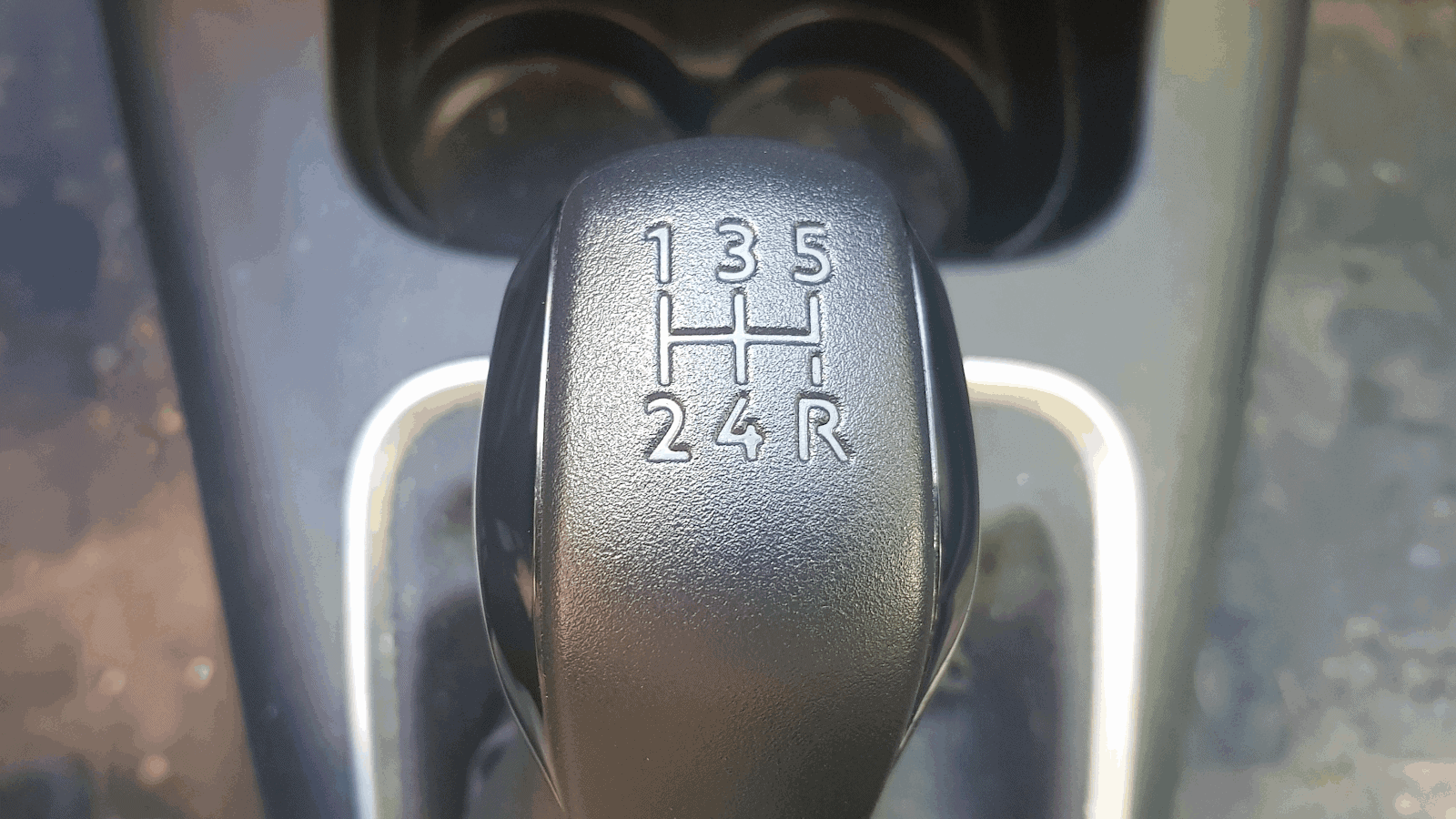
The stick shift can also pop into a neutral position. In the neutral position, you won’t go anywhere but you can roll forward or backward. Any time you leave the gear shifter in the neutral position, you can let go of the clutch, even when the engine is on, without stalling your car.
Do not leave your gear shifter in neutral position when you leave the vehicle as it can and will roll.
How to Drive a Manual Car – 8 Actionable Steps
Driving a manual car requires getting familiar with the stick, your car, the clutch pedal, and changing gears as you accelerate or decelerate. It requires plenty of practice to get familiar with.
Step #1 – Practice How to Upshift and Downshift
The first step is to practice the process of upshifting and downshifting, which involves both the clutch and the stick shift, but with the engine turned off. The process of upshifting and downshifting is almost identical.
Here are 4 steps to successfully shift gears:
- Release your foot from the gas pedal.
- Depress the clutch.
- Move the shifter to the next gear (for example, from 4-5 when upshifting or from 5-4 when downshifting).
- Release the clutch.
Double-shifting (i.e. skipping a gear, such as when going from 2-4) may lead to you catching a gear that is too high or low for your intended speed. However, double-shifting is used as part of common eco-driving strategies.
Step #2 – Move to an empty parking lot or street
Even if you feel like shifting is a piece of cake when the engine is off, you will find that it’s much harder when the engine is on and the car is moving.
Step #2 is to find an empty parking lot or street with very little traffic where you can practice shifting with the engine on.
Step #3 – Turn the engine on
Turning the engine on is the first real challenge. When you start from a stationary position, you will want to simultaneously press the clutch with your left foot and the brake pedal with your right as you turn the key and start the car.
Step #4 – Put the Car into 1st gear
Keep pressing both the clutch and the brake pedal and shift into 1st gear. Then slowly release the foot from the brake pedal and set your foot on the gas pedal. You’ll want to simultaneously press down the gas pedal (gently) with your right foot as you let your left foot go off the clutch pedal.
This is the difficult part. Getting the hang of how much you should let go of the clutch pedal as you simultaneously press the gas pedal is hard and varies from car to car. It requires practice! If your car stalls, repeat the process.
Step #5 – Gently Move Forward and Shift Gears
It’s finally time to get your car moving. Remember that 1st gear should only be used for speeds up to 16 km/h, so you will quickly have to change into 2nd gear to avoid stalling. To shift, do as described in (step #3).
Tip: Try to avoid accelerating with the clutch pressed down as it will grind the gears.
Step #6 – Come To A Complete Stop
There are two ways you can come to a complete stop without stalling. The first way is to shift into neutral as you slow down, and the second is to keep the clutch pressed down as you come to a stop.
As you should be in 1st gear to accelerate from any stop, you are advised to prepare in advance by shifting down to 1st gear as you slow down (if you are not putting the car into neutral).
Step #7 – Practice Reversing
The process to shift to reverse is the same as when selecting gear 1-6.
To make sure that reverse gear is not selected by mistake when driving forwards, some stick shifts require the user to press the shift stick in a different way to shift to reverse. Get to know the vehicle you are in and how it works.
Step #8 – Move to A Hill or Slope
Once you feel confident in your ability to upshift and downshift on a level road, you will want to try your skills on a hill or slope.
A hill start is a very difficult manoeuvre for beginners to do correctly with a manual transmission. You’ll need to apply just the right amount of pressure to the gas pedal as you release the clutch – or your engine will stall.
To start on a hill or slope with a manual car, follow these steps:
- With the handbrake activated, push the clutch pedal and shift to 1st gear.
- Gently lift the clutch pedal as you apply gas.
- Slowly release the handbrake as you feel the clutch come into position.
- Adjust the pressure to the gas pedal to move forward.
Remember that cars with a manual transmission must use the parking brake to keep the vehicle in place when parked on a hill or slope. Get used to activating the parking brake any time you leave your vehicle.
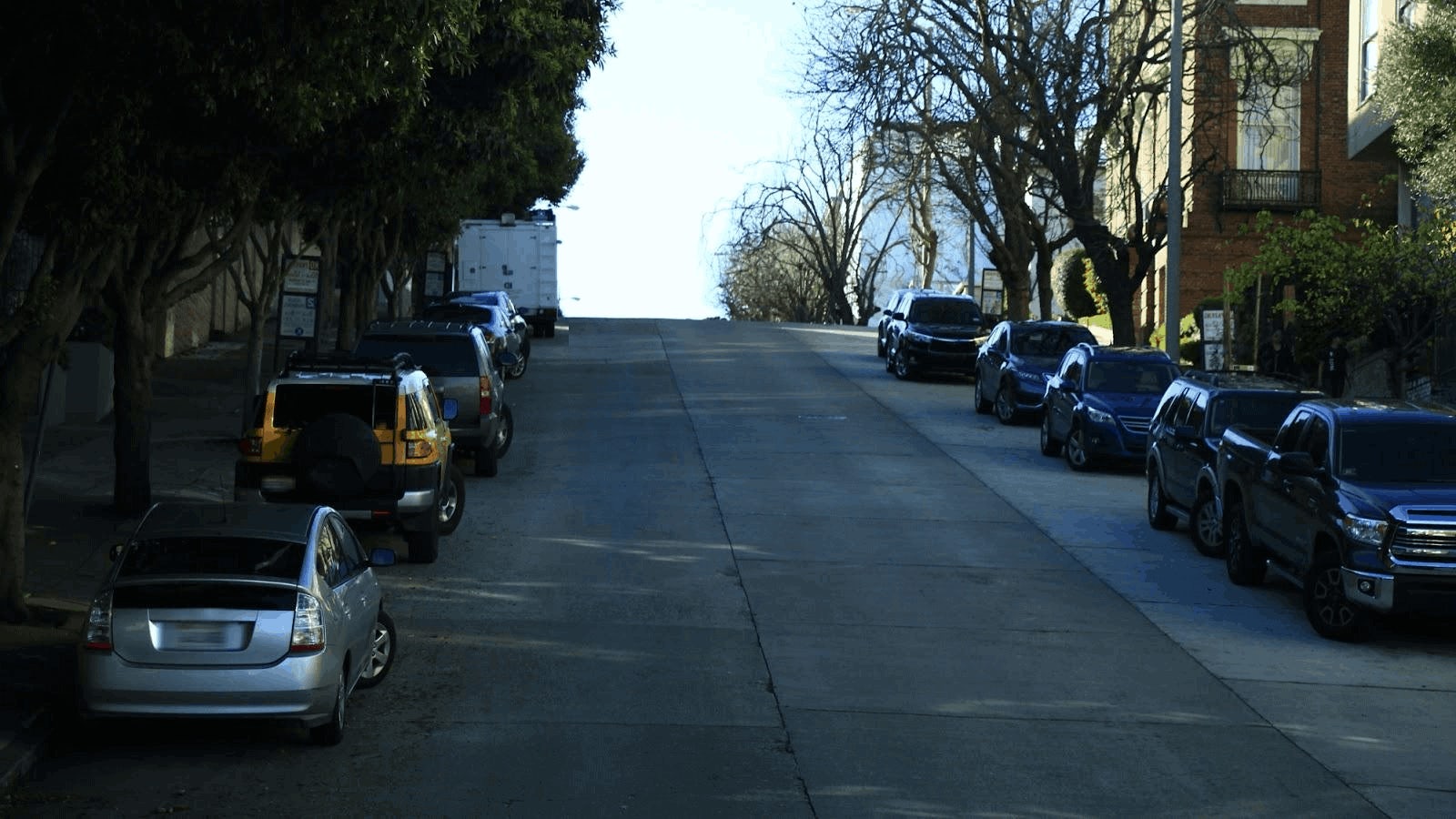
A Manual Gearbox May Be What You Get
Manual gearboxes are still very common in many countries outside of Australia, especially countries in Europe and Asia. Being able to drive a manual car can, therefore, be necessary if you travel overseas – especially to countries with an older fleet of cars.
If you intend to rent a car, overseas car rental agencies may only have manual transmissions available or require a far steeper fee for an automatic.
Older Car Models Often Come With a Manual Gearbox
In addition to travelling to other countries, knowing how to drive a manual transmission is also a useful skill to know if you ever need to drive or borrow an older type of vehicle, such as when borrowing a car from a friend or relative.
If you are in the market for a used car, you should also know that cars with a manual transmission tend to be cheaper than a comparable car that uses an automatic transmission. So it might just be what you’re looking for if you want to save a couple of bucks.

550+ exam-like questions
All you need to ace your test
Free trial
Recommended articles
Ace your learners test, guaranteed
Want to Be the Top School in Your Area?
- Simple & automated admin
- More time for teaching
- #1 learning materials for students


